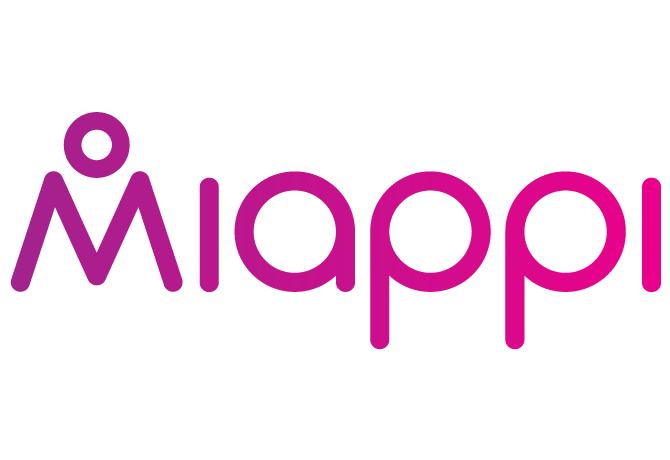3 Inspiring social proof examples for eCommerce
%20(2).png?width=1000&name=Header%20image%203%20(6)%20(2).png)
Ecommerce stores are an important part of the cross-channel customer experience, with many people opting to shop online thanks to the convenience of being able to browse and buy their favorite products anywhere. But in lieu of shoppers being able to touch and try out products in store, brands need to build trust and reduce purchase anxiety throughout the digital customer journey.
Enter social proof.
What is social proof?
Psychologically speaking, social proof is the phenomenon where people assume the actions of others reflect correct behavior for a given situation. In eCommerce, social proof describes the various ways to increase conversions by reassuring customers that they are buying the right product.
Keep reading to discover inspiring social proof examples for eCommerce across 3 key social proof tactics - ratings and reviews, user-generated content, and popularity messaging.
1) Ratings and reviews
Ratings and reviews are an essential part of the eCommerce customer journey. This conversion-boosting social proof tactic helps ease purchase anxiety, build trust and increase engagement. In fact, research shows that 1 in 3 shoppers are sceptical of brands that fail to share product reviews and over half of consumers look for star ratings when making a purchase decision.
Ratings and reviews add value at all stages of the customer journey, from the homepage where they allow you to build trust immediately with new visitors, to the product page as a way to encourage shoppers to add the item they’re browsing to their cart. Ratings and reviews can also be added to cart and browse abandonment emails, where they could be the final nudge a customer needs to make a purchase.
Cottages.com makes use of this social proof tactic in their cart abandonment emails, pulling in their Reevoo ratings alongside the carted product as well as the recommended properties.
Source: Cottages.com email
2) User-generated content
User-generated content (UGC) is increasingly important for shoppers when making a purchase decision because it provides raw, authentic information about the products they would like to buy. In fact, almost 1 in 3 consumers prefer to see a product as it is worn or used by real people as opposed to professional product images. User-generated content is also a great way to help build a sense of community among existing customers.
There are plenty of creative ways to include user-generated content in your marketing. 1 in 4 female shoppers enjoy receiving ideas on how to wear their new purchase so try adding user-generated content to your post-purchase emails to give customers inspiration on how to use or wear their new product. You can also add live social feeds on web pages and in email. Just make sure to follow UGC best practice by telling customers the type of content you’re looking for and letting them know exactly how they should share their UGC, right down to the relevant hashtag.
& Other Stories includes customers’ photos on their product pages, giving their shoppers an accurate idea of how the product will fit into their lives, building trust with their brand and boosting conversions.
Source: stories.com
3) Popularity messaging
Popularity messaging is when retailers use real-time purchase and browse data to display how many other shoppers ha
ve recently viewed, carted or purchased a particular product. This tactic simultaneously increases urgency and makes products seem more desirable.
There are different ways you can use popularity messaging across your website and email marketing to speed up the purchase process and boost conversions. For example, you could include it on your product listing pages to help visitors narrow down their options and highlight products that have resonated with other shoppers. You could also use it on your product detail page to give that final push of confidence a shopper might need to add the item to their cart. Popularity messaging also works well in email marketing, as a way to spark interest and increase click throughs, and it can be combined with personalized product recommendations for maximum impact, as Buyagift does in this example.
Source: Buyagift email
Buyagift has seen a 13% increase in sales since implementing social proof tactics such as popularity messaging in their email marketing.
Final thoughts
Social proof is a vital way for eCommerce businesses to ease purchase anxiety and demonstrate the trustworthiness of their products and services to shoppers.
There are a wide variety of social proof tactics you can add to your marketing. If you haven’t got any social proof tactics implemented or if you’re in need of a revamp, the three social proof examples presented here are a great place to start. Reassure shoppers with ratings and reviews, provide inspiration with user-generated content, and boost urgency with popularity messaging.
Discover more tactics and find out how 14 B2C businesses use social proof to generate results in our Ultimate Social Proof Lookbook.
About Fresh Relevance
Fresh Relevance is the versatile personalization solution that empowers commerce-driven businesses to create customized cross-channel experiences with ease. The platform saves you time, integrates with your tech stack, and empowers you to deliver conversion-boosting personalized customer experiences across your website, app, emails, SMS, paid social and ads without relying on your IT team.
Disclaimer
This blog post is for informational purposes only. Fresh Relevance is not claiming to provide its services to the companies and brand owners referred to in the blog post.



